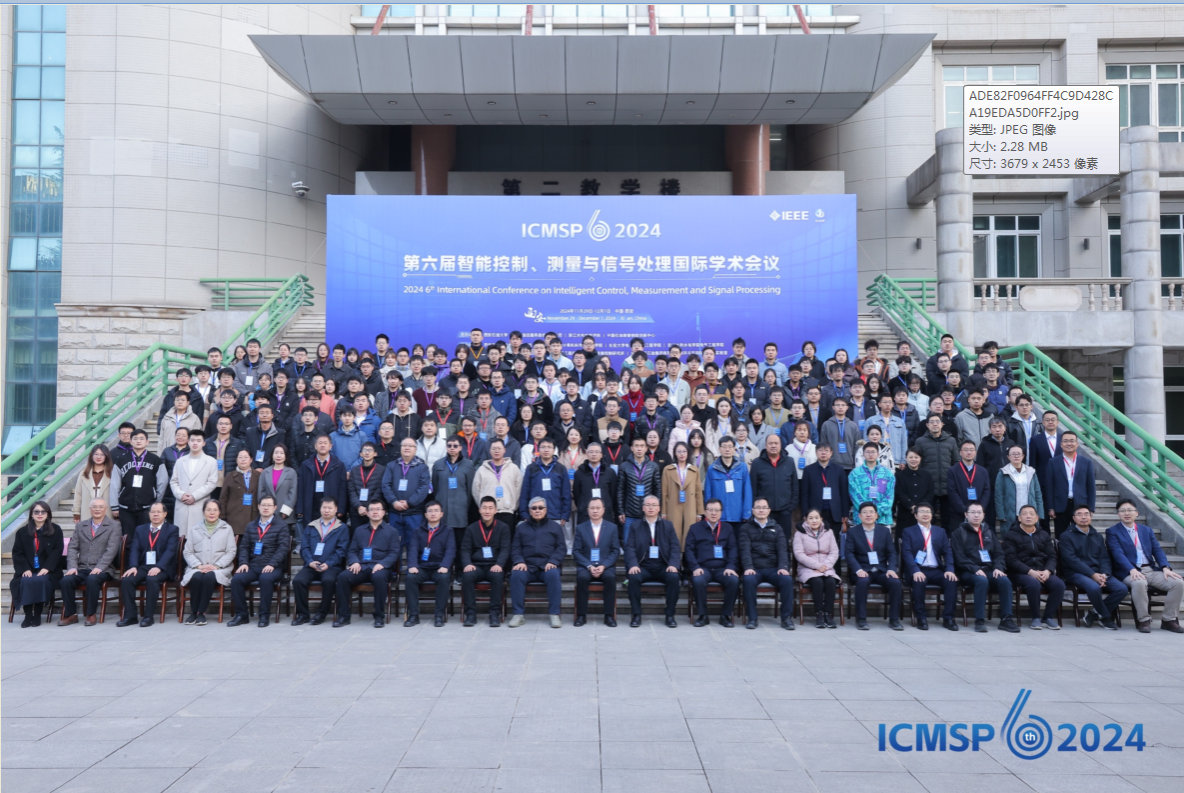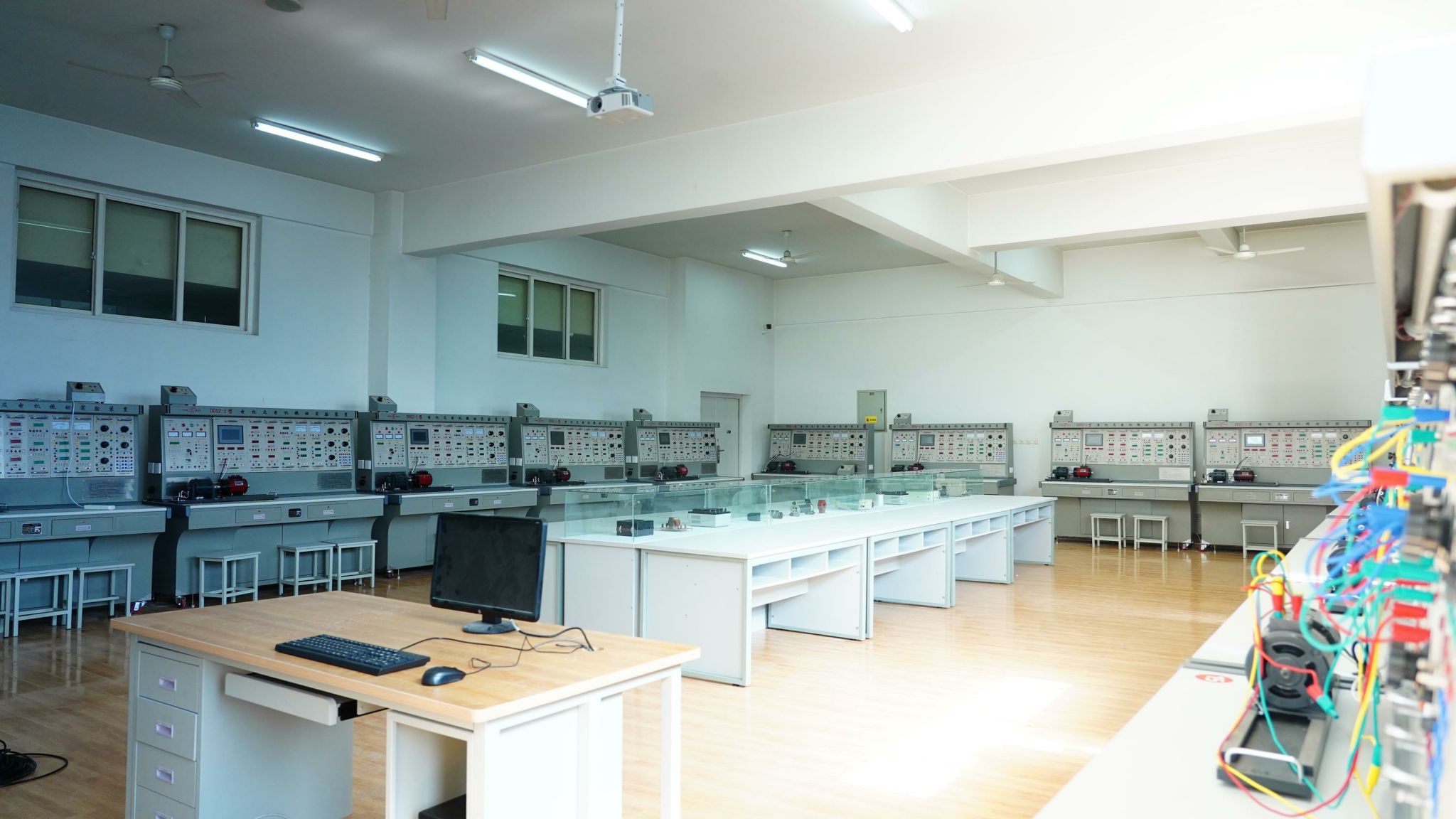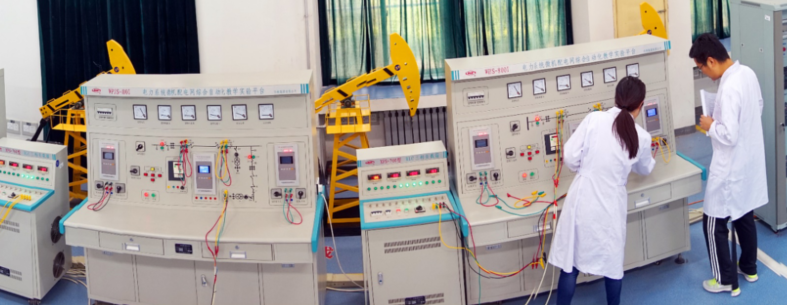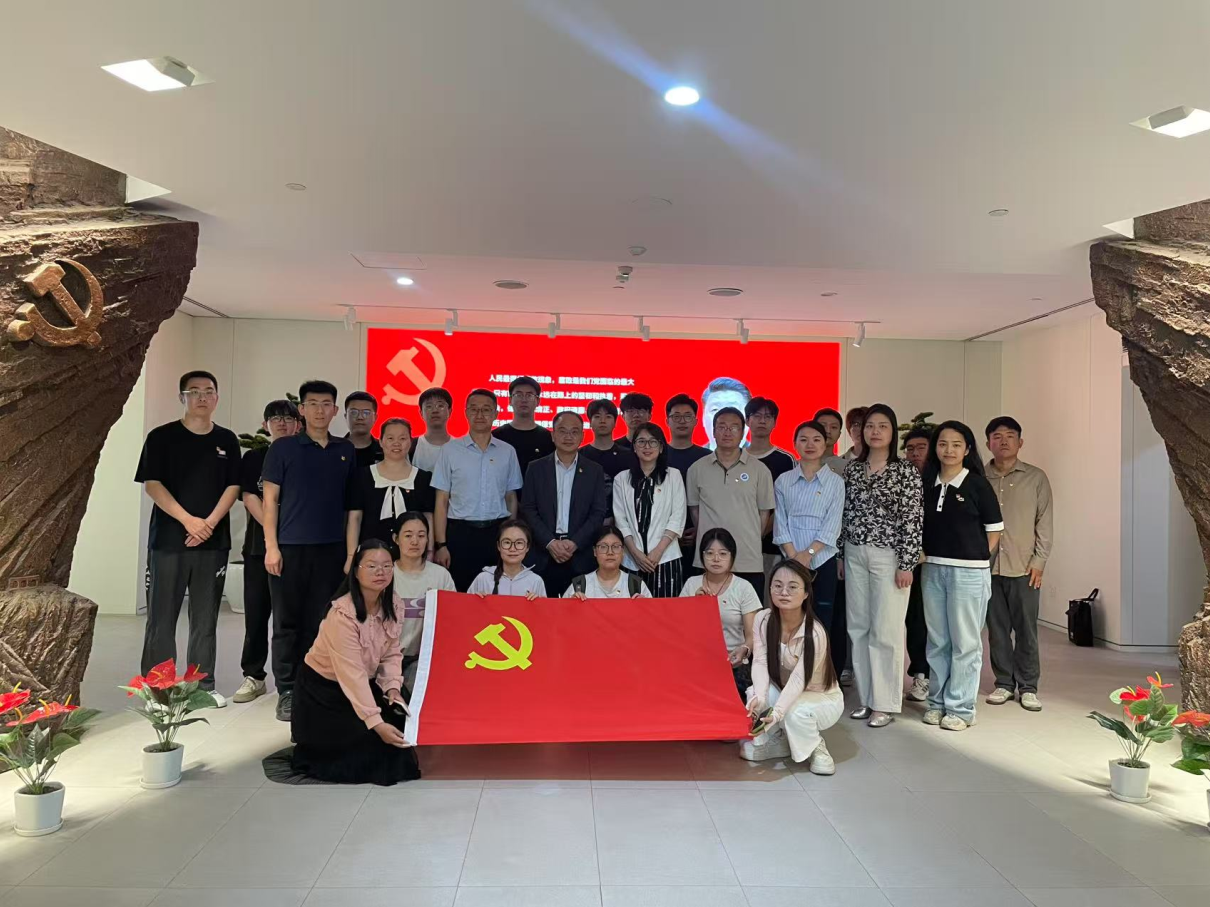The School of Electronic Engineering at Xi’an Shiyou University started from the Instrumentation Department founded in 1980 (which first offered the major in “Petroleum Geophysical Instruments”). In 1996, the Department of Automation and Electrical Engineering was established. In 2003, the two departments were merged to form the School of Electronic Engineering. The school has targeted the major strategic demands of national energy, based on the petroleum industry, and focused on the entire industrial chain of oil and gas exploration and development in the fields of “measurement, transmission, control, and intelligence.” It aims to build a key base for technological innovation, high-level talents cultivation, and domestic and international academic exchanges. The school’s Party Committee has received honors such as the “Double Innovation Benchmark School for Party Building in Shaanxi Universities” and the “Advanced Grassroots Party Organization in Shaanxi Universities.”
I. Discipline Construction and Major Layout
The school has established a talent cultivation system that integrates undergraduate and master’s education. It currently has 3 first-level authorized master’s disciplines in Instrument Science & Technology, Control Science & Engineering, and Electrical Engineering (with Instrument Science and Technology being a key discipline in Shaanxi Province), as well as 4 authorized professional master’s degrees, with over 600 graduate students enrolled. Undergraduates are offered 5 majors covering Measurement & Control Technology and Instruments, Automation, Electrical Engineering & Automation, Electronic Information Engineering, and Communication Engineering. These majors include 1 national-level characteristic major, 1 pilot major for the National Excellent Engineer Education and Training Program, 3 provincial first-class professional construction points, 1 provincial brand major, and 1 provincial comprehensive reform pilot point. Moreover, 2 majors have passed engineering education accreditation. Currently, there are over 2,200 full-time undergraduate students and 40 international students.
II. Faculty Team and Research Strength
The school has an academically active and well-structured faculty team with 134 members, including 5 doctoral supervisors, 65 teachers with senior titles, 3 talents at the provincial and ministerial level or above, and 3 distinguished professors. Ten individuals have received provincial honors such as the “May 1st Labor Medal” and the “Youth May 4th Medal in Shaanxi”, as well as provincial teaching awards. The school has also made remarkable achievements, establishing 2 provincial teams for scientific and technological innovation, 3 provincial teaching teams, and 3 provincial “scientist plus engineer” teams in the Qin Chuang Yuan initiative.
The school has abundant research platforms and achievements. It relies on 5 provincial and above research platforms, 1 joint training workstation for graduate students in Shaanxi Province, the Shaanxi Provincial Overseas Offshore Innovation Center and other cutting-edge platforms, to achieve significant outcomes in petroleum-specific fields such as rotary steering drilling technology and equipment and downhole television. In the past three years, the school has hosted 51 research projects at or above the provincial ministerial level and over 200 enterprise cooperation projects, with research funds amounting to 77.66 million yuan. It has also got more than 200 authorized patents, with 9 characteristic monographs and textbooks published and over 90 academic papers included in SCI, EI, and ISTP. Moreover, it has received 2 Science and Technology Progress Awards in Shaanxi, as well as 1 first prize and 1 second prize for scientific and technological achievements in Shaanxi universities.

ICMSP 2024: The 6th International Academic Conference on Intelligent Control,
Measurement, and Signal Processing
III. Talent Cultivation and Social Service
The school adheres to the educational philosophy of “working together to pioneer and innovate,” and implements an educational model that combines “theory learning with practical training, professional education with quality education, and personal growth with social responsibility,” to construct a high-quality talent cultivation system. The teaching resources are abundant, with 2 provincial experimental teaching demonstration centers, 1 provincial electronic innovation base, 8 characteristic laboratories integrating science and education, and 10 internship bases. The achievements are also fruitful, with 3 provincial teaching achievement awards, 3 provincial first-class courses, 2 provincial excellent courses, and 2 provincial outstanding textbooks.

Motor Drive Laboratory

Oilfield Power Grid Comprehensive Laboratory
The school has achieved remarkable results in talent cultivation, with graduates possessing both moral integrity and professional competence and receiving high praise from employers. The employment placement rate has consistently remained above 92%. A large number of high-quality innovative talents have graduated and contributed to the energy industry and local economy.

 The School of Electronic Engineering will keep committed to the energy sector, with “measurement, transmission, control, and intelligence” as its core. It will also strengthen the integration of industry and education, as well as innovation-driven initiatives, striving to build a distinctive, nationally renowned high-level engineering school that makes more contribution to the national energy strategy and regional economic development!
The School of Electronic Engineering will keep committed to the energy sector, with “measurement, transmission, control, and intelligence” as its core. It will also strengthen the integration of industry and education, as well as innovation-driven initiatives, striving to build a distinctive, nationally renowned high-level engineering school that makes more contribution to the national energy strategy and regional economic development!
June 30th, 2025